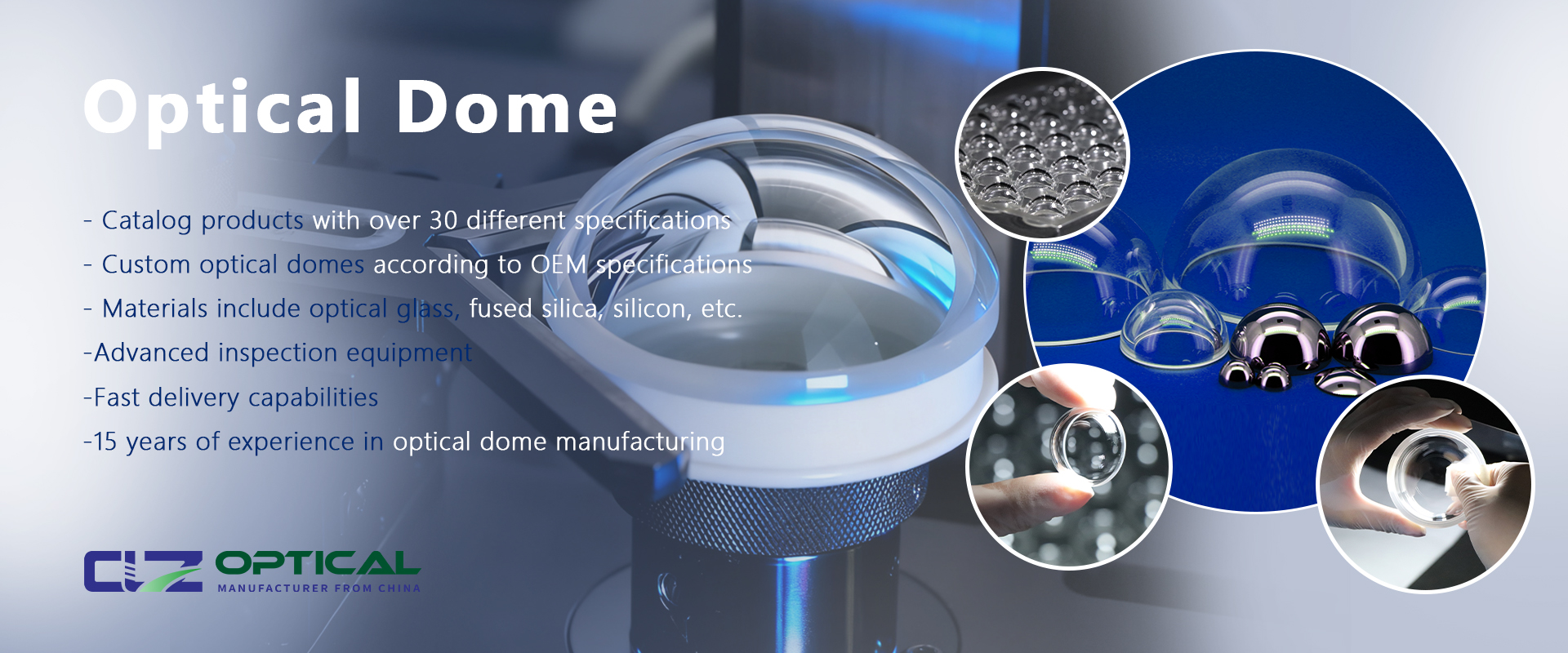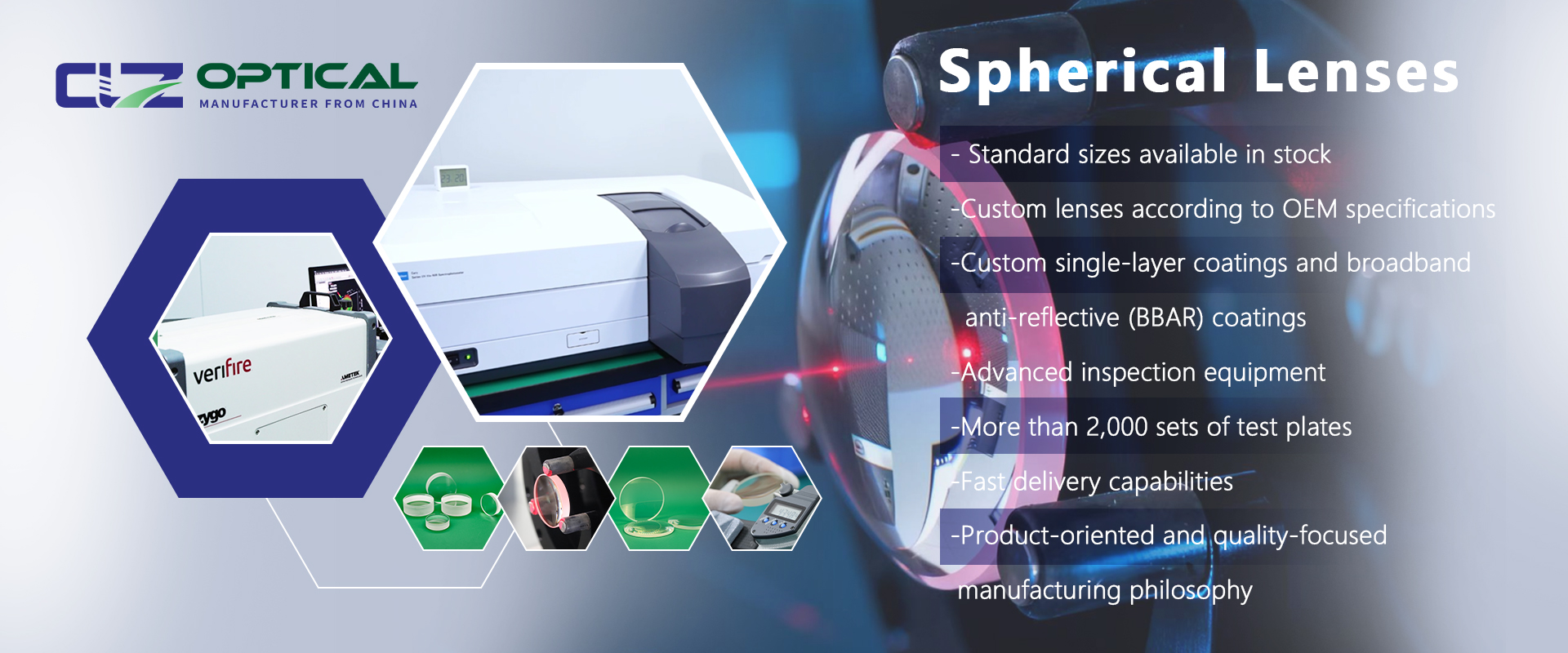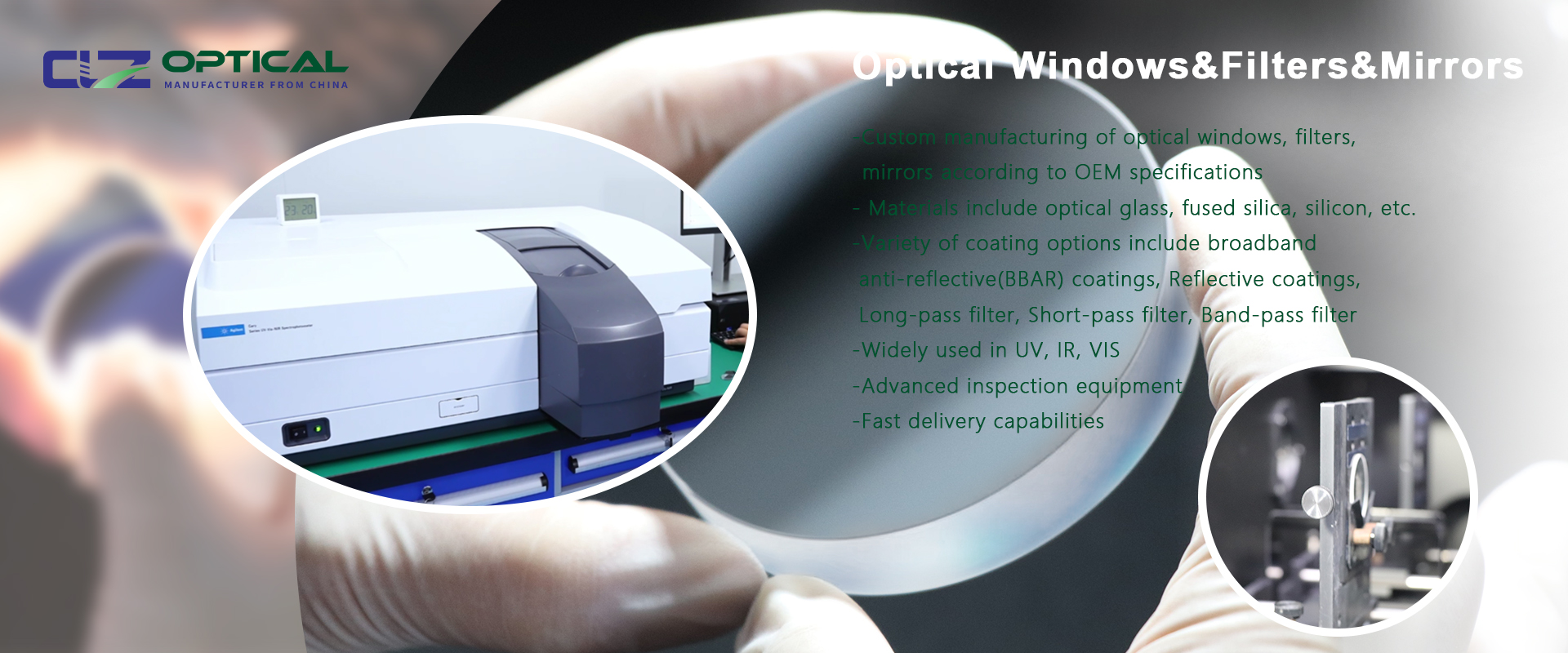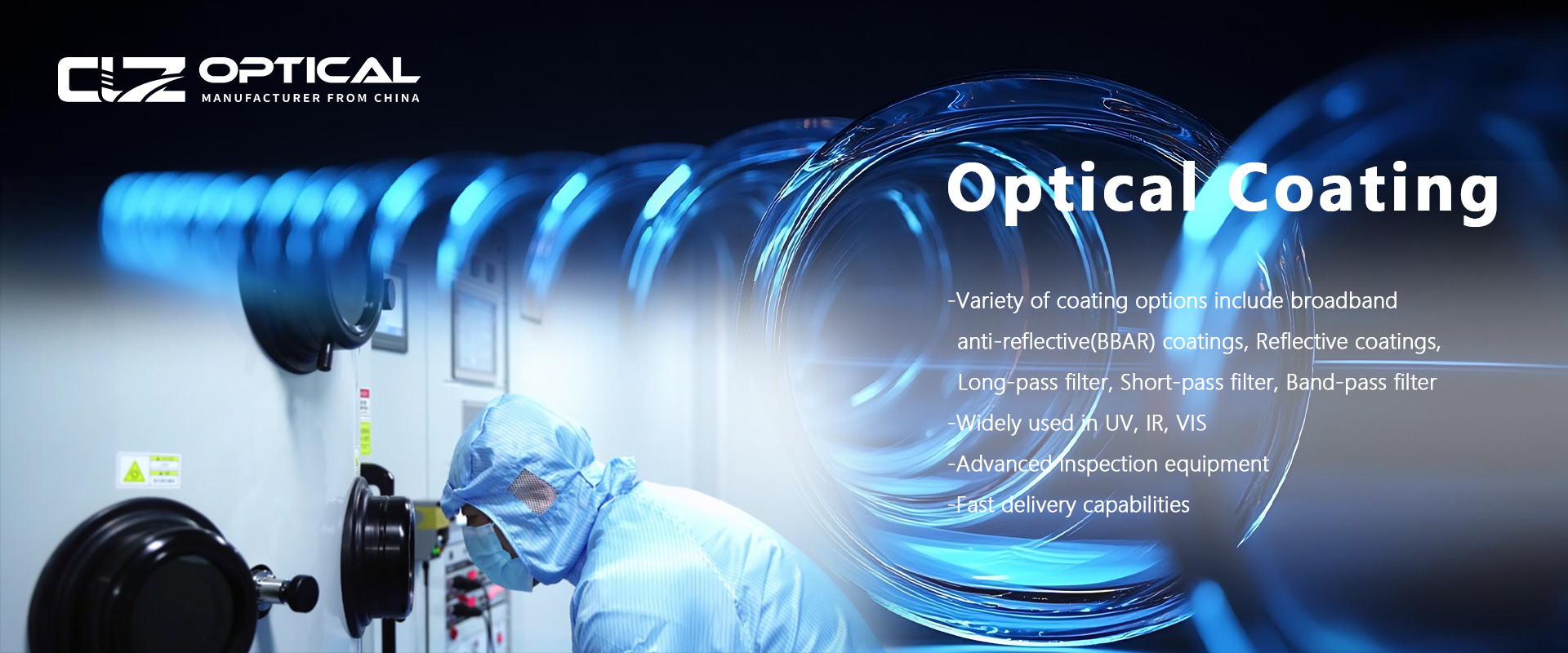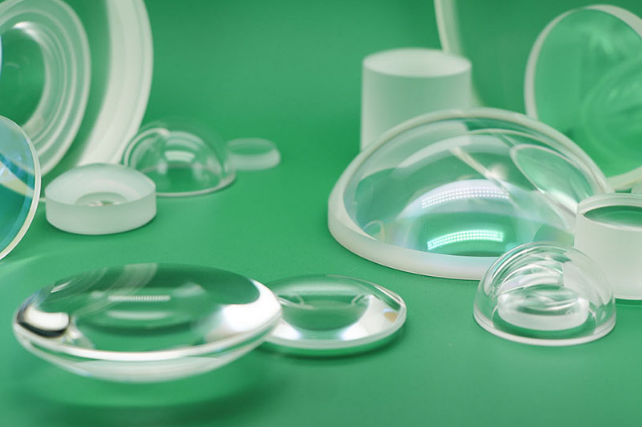Are Anti-Glare or Anti-Reflective Coatings Worth It?
May. 07, 2024
If you've purchased glasses before, you're aware of the multitude of lens options available.
Choosing the right pair involves more than just providing your eye prescription and selecting frames. A significant aspect of this process is selecting the appropriate lens material.
With advancing technology, many individuals are exploring the advantages of anti-glare and anti-reflective lens coatings.
But are these coatings worth it? Consider the following benefits:
- Reducing reflections, glare, and halos
- Helping to reduce blue light exposure and alleviate symptoms of digital eye strain
- Allowing more light to pass through the lens, thereby improving visual clarity
- Prolonging the life of your lenses by minimizing smudges and scratches
What Are Anti-Glare & Anti-Reflective Coatings for Glasses?
Anti-glare (AG) or anti-reflective (AR) lens coatings are specific coatings designed to decrease the amount of reflective light in your lenses. These coatings can be applied to the back, front, or both sides of your lenses to control the amount of light that enters your eyes.
Anti-glare (AG) and anti-reflective (AR) coatings effectively eliminate nearly all reflections from the surfaces of your lenses. By reducing reflections, more light can pass through the lenses, improving your vision.
Typically, a standard AG or AR coating comprises two layers:
1. An anti-reflective layer
2. A scratch-resistant layer
These layers serve to protect your lenses and regulate the amount of light that passes through, ensuring you receive the most precise and clear view possible.
Are Anti-Glare & Anti-Reflective Coatings Right for Me?
Lens coatings can provide a clearer and more natural vision compared to uncoated lenses. Anti-glare (AG) and anti-reflective (AR) coatings might be the ideal choice for you if:
- You experience difficulty seeing while driving at night.
- You spend significant time viewing screens or digital devices.
- You prefer thinner-looking lenses.
- You frequently encounter bothersome reflections when wearing glasses.
How Does Anti-Glare & Anti-Reflective Coating Work?
AG and AR coatings aren't exclusive to glasses. Originally developed to enhance the clarity of telescopes, microscopes, and camera lenses, this technology has now been adapted for eyewear.
Comprising multiple layers of metal oxides, AG and AR coatings are applied to the surfaces of the lens. These layers efficiently minimize light reflection on your lenses, enabling greater light transmission through the lens while reducing glare.
How Does Glare Affect Your Eyesight?
Vision relies on the presence of light. It operates through several stages:
1. Initially, light reflects off objects and enters the eyes.
2. This action triggers the nerve cells in the retina.
3. Subsequently, the optic nerve transmits these light signals to the brain.
4. The brain synthesizes information from both optic nerves to create a unified image, enabling sight.
However, light can also pose challenges to vision. Excessive light, whether from reflections or glare, can cause discomfort and impair clarity of vision.
Reflections and glare can diminish contrast perception, particularly in low-light settings.
Benefits of Anti-Glare & Anti-Reflective Coatings
Anti-glare (AG) and anti-reflective (AR) coatings offer numerous advantages and are certainly worth the additional investment, especially if glare bothers you. They not only enhance your vision but also contribute to a better appearance and overall comfort compared to wearing glasses with untreated lenses.
Some of the benefits of AG and AR lens coatings include:
- Improving vision by minimizing annoying reflections, glare, and halos
- Enhancing comfort during extended computer usage
- Allowing more light to reach your eyes, thus improving visual clarity
- Alleviating the effects and symptoms of digital eye strain
- Making your eyes more visible behind the lenses
- Reducing glare when driving at night
Types of Lenses with Anti-Glare & Anti-Reflective Coatings
Various types of lenses are available with AG and AR coatings, catering to different visual needs:
1. Standard single vision lenses: These lenses provide correction for either distance or near vision and are commonly used in glasses for single vision correction.
2. Progressive lenses: These bifocal lenses offer a seamless transition between near and distance vision correction.
3. Blue Light Blocking lenses: Designed to filter out blue light emitted by digital screens, these lenses help reduce digital eye strain.
4. Reading lenses: Also known as near vision lenses, these are specifically designed to aid in tasks such as reading.
5. Transitions lenses: These lenses automatically adjust their tint according to the surrounding light conditions, providing optimal vision comfort indoors and outdoors.
Caring for Glasses with Lens Coatings
When opting for lenses with a specialized coating, it's important to adopt extra precautions to maintain them effectively. Here are some recommended care steps for coated lenses:
1. Choose cleaning products that are free from harsh chemicals to prevent damage to the coating.
2. Wet the lenses before cleaning to minimize the risk of scratching.
3. Use a microfiber cloth for gentle and effective cleaning.












